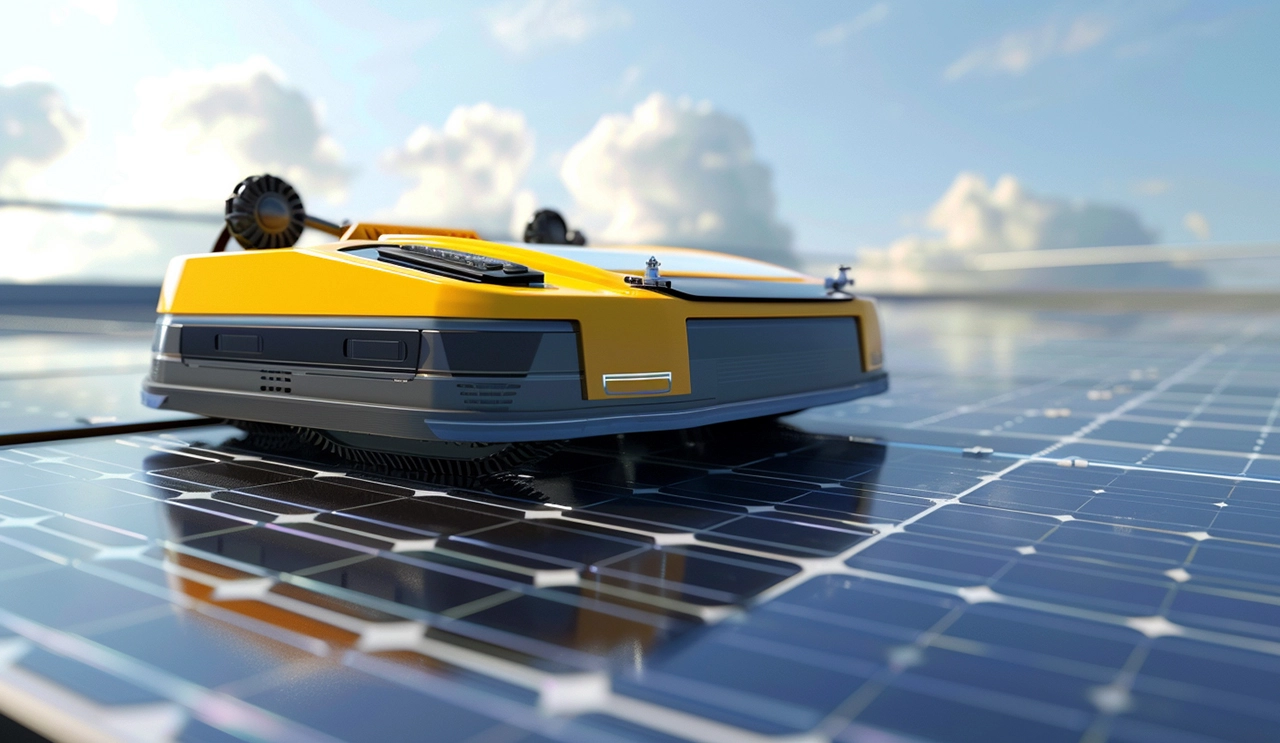
WIRELESS CHARGING IN THE NEWS
In the exacting realm of embodied robotics design, the battle is often waged gram by gram and cubic millimeter by cubic millimeter. Achieving lifelike biomimetic freedom demands bodies that are light, compact, and precisely balanced. Historically, the power delivery system – bulky batteries and cumbersome wired charging ports – frequently became an engineer’s adversary. These "excess baggage" items competed for vital space against critical actuators and sensors and disrupted meticulously calculated centers of gravity, ultimately undermining the robot’s true potential for vitality. Now, miniaturized / lightweight receiver design in wireless charging technology is emerging as a revolutionary "stealth power" provider, enabling engineers to solve the gram-critical challenge.
For structural engineers, powertrain specialists, and teams pushing the boundaries of performance within robotics R&D labs, the wireless charging receiver is far more than just a connector replacement. It is an integral part of the energy loop, whose characteristics directly impact the robot’s agility and endurance. The core challenge resonates deeply: How to deliver reliable, high-efficiency charging capability under the most severe size and weight constraints? How to avoid sacrificing critical kinematic space or adding unwanted inertia to movement just for the sake of charging?
The solution lies in profound technological innovation and integration optimization. Advanced wireless charging systems confront these challenges head-on:
Micro-Engineering & High-Density Integration: The receiver module sheds its bulk. Utilizing ultra-thin magnetic shielding, optimized coil topology, and highly integrated control circuits, modules are compressed to their practical minimums. Imagine a sophisticated postage stamp – these receivers can "hide" within non-critical body cavities, joint spaces, or even beneath flexible skins, exerting minimal footprint on precious internal real estate.
Relentless Pursuit of High Power Density: "Small ≠ underpowered." Efficiency is paramount. Enhanced resonance matching, low-loss semiconductor components, and intelligent power management algorithms ensure that significant power transfer is achievable even within tiny form factors, meeting the demands of sustained, high-intensity biomimetic motion.
Mastering Low Thermal Losses: Heat signifies waste and design complexity. Superior systems minimize heat generation through soft-switching techniques and intelligent thermal management. This not only boosts energy utilization but also prevents the need for bulky heat sinks, enabling cooler, more stable operation.
The Art of Center-of-Gravity Optimization: Every gram matters. The combination of miniaturization and lightweight design ensures the receiver imposes the smallest possible disturbance on the robot's overall balance. This is critical for bipedal humanoids requiring precise posture shifts or agile quadrupeds executing rapid maneuvers.
Thus, an elite wireless charging module transcends being a mere functional appendage; it becomes an "invisible" lifeline, as natural as breathing. It liberates structural engineers, freeing them from compromising optimal mechanical layouts just to accommodate a charger. It empowers power engineers, eliminating worries about auxiliary weight derailing battery strategies. Most importantly, it allows entire R&D teams to channel the precious gram and volumetric budgets into the core competencies that define robot intelligence and agility: actuation, sensing, and AI. When the power system successfully "vanishes," the robot sheds the final physical constraint. Only then can it truly defy the boundaries of weight, moving with unencumbered grace – defining the true "aliveness" of the future. This isn't just adding functionality; it's about enabling the pinnacle of performance.







